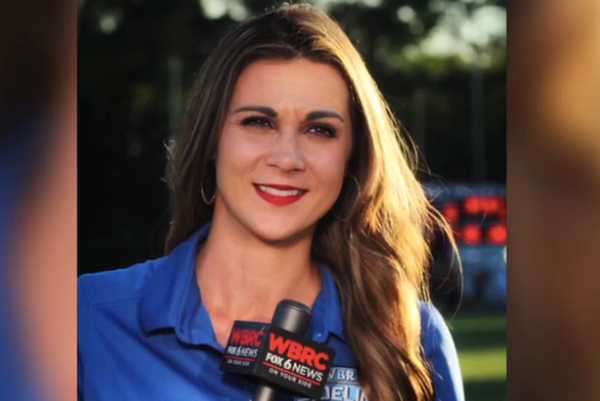
One of the busiest gardening seasons is upon us: fall. It's a time when us gardeners are getting spring bulbs in the ground, taking hardwood cuttings, and preparing our yard for the incoming harsh winter conditions. In the midst of getting everything done, there are a few common fall gardening mistakes that need to be avoided.
It can feel like a rush to tick off everything on your fall gardening checklist, but it's important to take your time to ensure tasks are properly and without error. Making fall gardening mistakes can hinder what you garden looks like come spring. Damaged lawn, bulbs that don't bloom, and diseased plants are just a few of the consequences of making common errors this season.
The good news, however, is that it's easy to avoid these mistakes once you're aware of them. Here, I outline some of the most common mistakes to avoid in the fall garden, with insights from gardening experts.
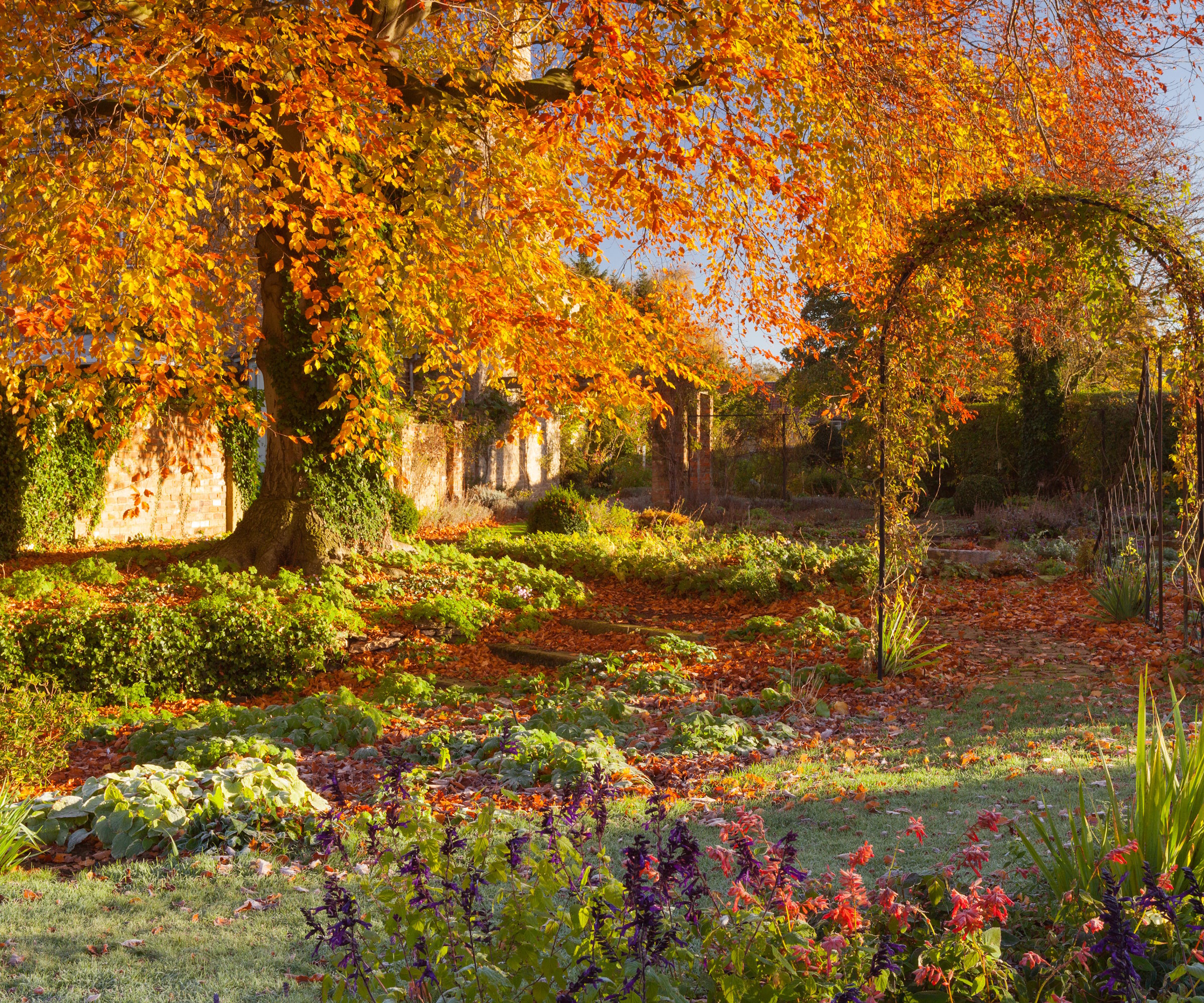
7 fall gardening mistakes to avoid
Avoiding these fall gardening mistakes will ensure your spring garden is colorful, abundant, and healthy. It will also help overwinter your garden ready for the coldest season.
1. Stop watering too early
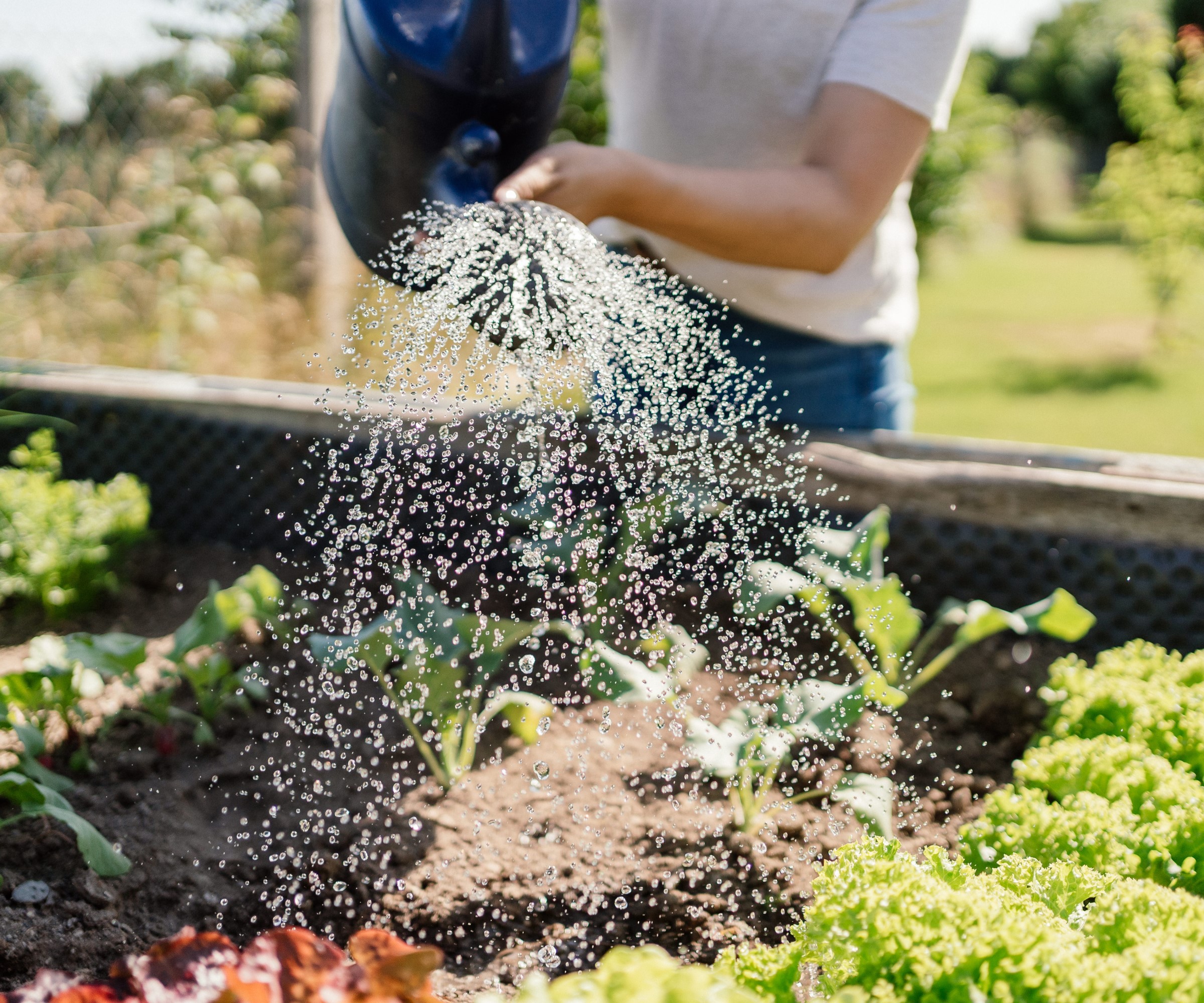
It can be easy to assume you need to stop watering when the fall season hits, as colder temperatures bring slower plant growth. But, generally speaking, you should keep watering plants until the first frost, just make sure to adjust the frequency of watering.
This is especially true when it comes to fall lawn care and knowing when to to stop watering a lawn in fall.
'Cooler temperatures mean less water is being lost from the blades due to evaporation or transpiration, so your grass doesn’t need as much water as it does during the summer,' explains Don Chouinard, expert from Irrigreen.
'It is vital to keep watering your lawn through the fall, because it needs this time to recover and repair itself after the scorching summer heat, and to survive the upcoming winter season,' he adds.
The same goes for watering your plants in fall, although you should pay attention to the specific needs of specific plants. Use a soil moisture meter (from Amazon) to see if your plants' soil has sufficiently dried and monitor rainfall to identify if they need a top up of water.
This will be less frequent than summer, but warmer fall spells can still dehydrate plants. Keeping your plants watered will ensure their roots stay healthy and hydrated through winter, ready for another vibrant spring season.
2. Not winterizing your sprinkler
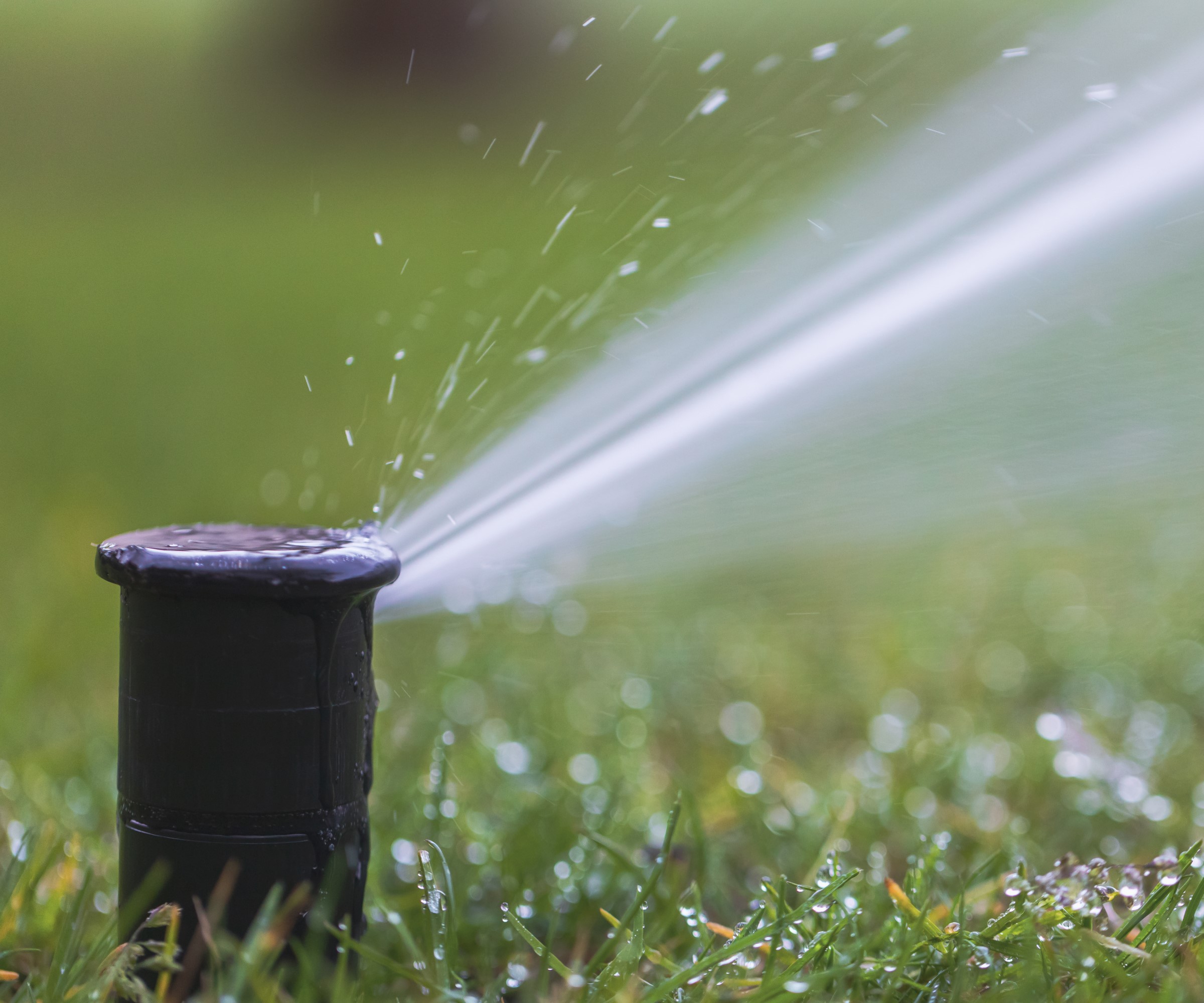
Once watering has come to an end in fall and frost is approaching, don't forget to protect your sprinkler by winterizing it.
'Not winterizing a sprinkler system, backflow device, or spigot can cause costly repairs come spring,' says Chris Rigby from Rain Bird.
'Most systems are not designed to have positive drainage, so the system needs help to stay healthy. The cost of replacing a backflow or fixing a flooded basement due to a frozen or broken pipe can cost thousands of dollars,' he warns.
To winterize a sprinkler system, you need to follow a few essential steps. This includes turning off the water supply, draining the system (and blowing out a sprinkler system), and insulating above ground components (using these insulation bags from Amazon).
3. Not removing diseased and damaged plants

Fall is an optimal time for plant pests and diseases to spread, especially those that favor wetter conditions, like the powdery mildew pictured above. Leaving damaged and diseased plants in the yard at this time of year is therefore a fall gardening mistake.
Fungal spores thrive from from warm days and cool nights of the fall season and will spread rapidly among plants growing close together.
Not only this, but leaving diseased and damaged plants in the ground can actually result in overwintering pests and diseases. When spring then comes around, your planting can be wiped out by these problems.
So, fall is an excellent time to check in with the health of your plants. Use essential pruning tools (like these bypass pruning shears from Amazon) to remove any damaged plant material, and consider fully removing and disposing of plants that have a severe issue to best protect surrounding plants.
4. Removing fallen leaves

While it can be tempting to reach for the garden rake when you spot lots of leaves on your lawn, there are actually lots of things you can do with fallen leaves.
As well as collecting them to make leaf mulch, it's important to not get rid of all of the leaves from the ground. It can benefit both your planting and garden wildlife.
This is because fallen leaves can help retain moisture and provide insulation for plants during the coldest months, acting as a mulch. They also provide shelter for a wide range of small mammals, insects, and invertebrates.
If you want to make the most of these benefits but want a tidier look, use this leaf collector from Amazon to rake up the leaves and then place piles of them more neatly around your yard, in borders, and in wildlife garden corners.
5. Cutting back all perennials
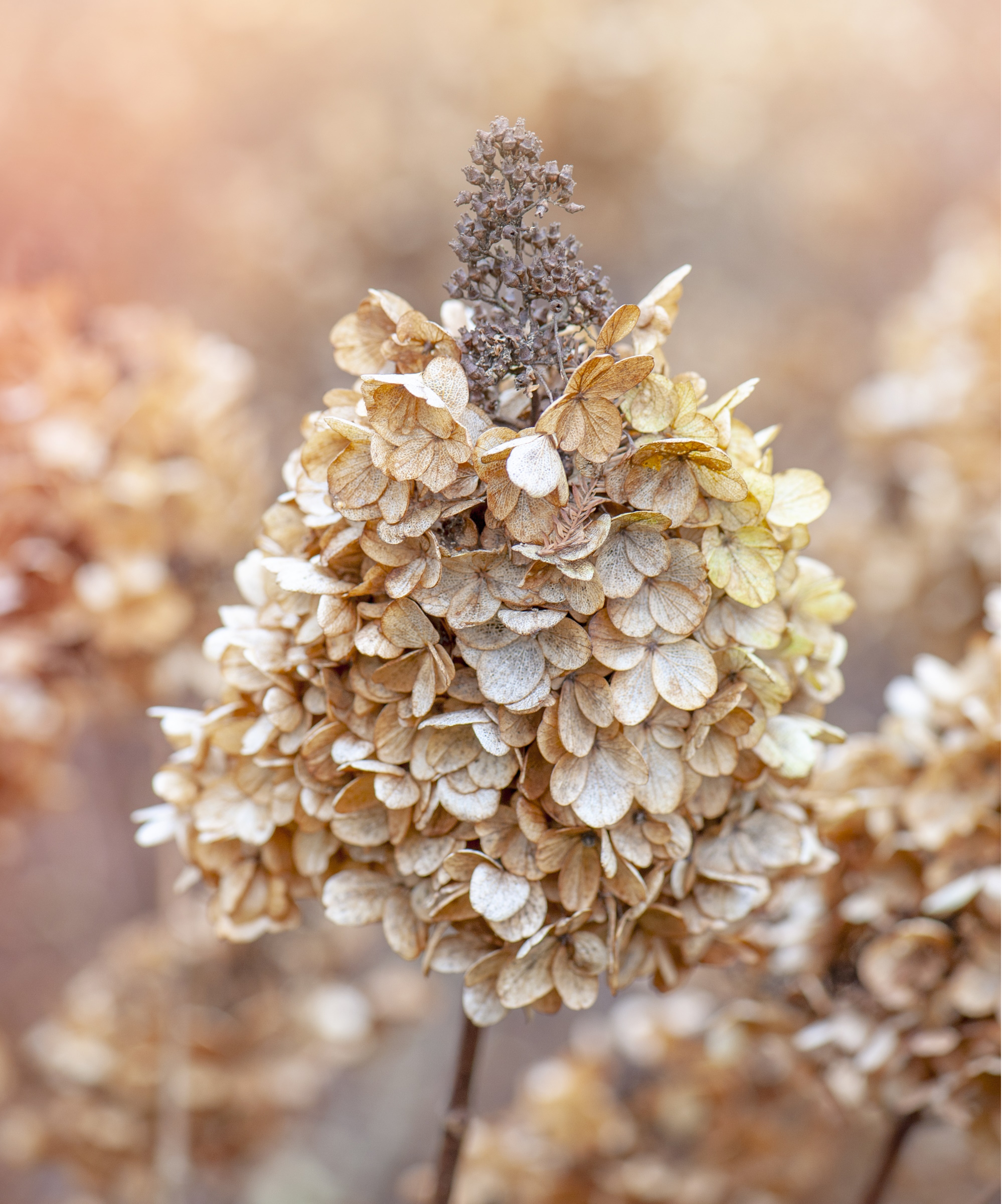
Deadheading and cutting back perennials for winter is a key task on the fall gardening checklist, but it would actually be a fall gardening mistake to cut back absolutely everything.
Not only will it leave your yard looking bare, it will also hinder your ability to attract wildlife to your yard in fall. Seed heads are a key food source for birds and insects during the fall months, while dying plants offer shelter during this time.
Plus, fading blooms can prove to be quite architectural in the winter garden, especially when they become frost-tipped.
An added bonus is that allowing perennials to rot down naturally will enrich your soil health, as all the essential plant nutrients in the plant matter decomposes back into the soil.
So, as long as the plants are diseased or experiencing a pest issue, consider letting them hang around for a while longer in fall.
6. Not cleaning gardening tools
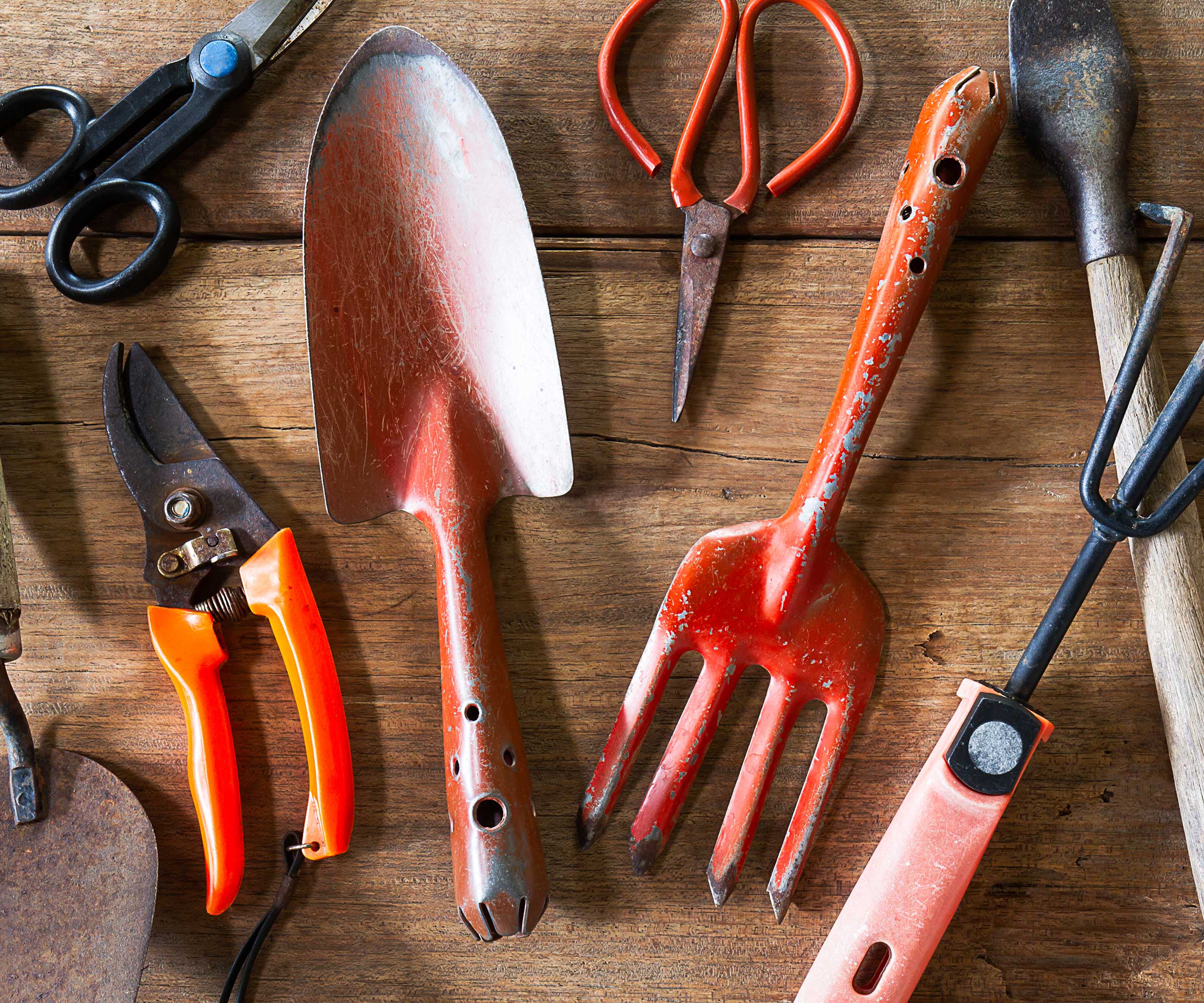
Cleaning gardening tools should be on your checklist for all seasons, but fall is a particularly important time. With so many pests and diseases thriving during this wetter season, tools can be the perfect vehicle for them to spread.
Likewise, it's important to properly clean tools for storing in winter, to ensure your plants are off to a healthy start when you use them again in spring.
'You should also take steps like checking oil, removing batteries or gas to ensure garden machinery is ready to work in spring,' says George Reister from Husqvarna.
If you don't already have garden tool storage, consider investing in something like this gardening tool rack from Amazon to store gardening tools properly in fall.
7. Planting bulbs too late

There are lots of spring bulbs to plant in fall, but getting the timing right is key to a successful spring display.
Waiting too long to plant bulbs can lead you to a number of problems.
If you wait until the ground is frozen, it will be very hard to work with and you will likely struggle to physically plant them. Likewise, only getting bulbs in the ground in late fall can mean there isn't sufficient time for the plants to establish roots over winter, resulting in a poorer show in spring.
To avoid bulb planting mistakes, aim to get everything planted weeks ahead of the first frost in your local region. Pay attention to specific instructions for the bulbs you're planting, too, as some can be planted a lot later than others.
FAQs
Should you fertilize your lawn in fall?
Fertilizing your lawn in fall provides essential plant nutrients to support healthy root growth through winter, resulting in a vibrant green carpet in spring. You should aim to use a high phosphorus and potassium fertilizer to encourage root growth and nutrient storage over winter. This Scotts Turf lawn fertilizer for fall from Amazon is a good choice. It's best to fertilize your lawn before frost.
Don't forget to incorporate plenty of interest in your fall garden, too. Check out our guides to fall raised garden bed ideas and how to transition summer hanging baskets to fall for inspiration.
Shop gardening accessories
This beautifully crafted harvest basket is ideal for holding homegrown goods. The mesh hod makes it easy to rinse and clean picked fruit and vegetables.



